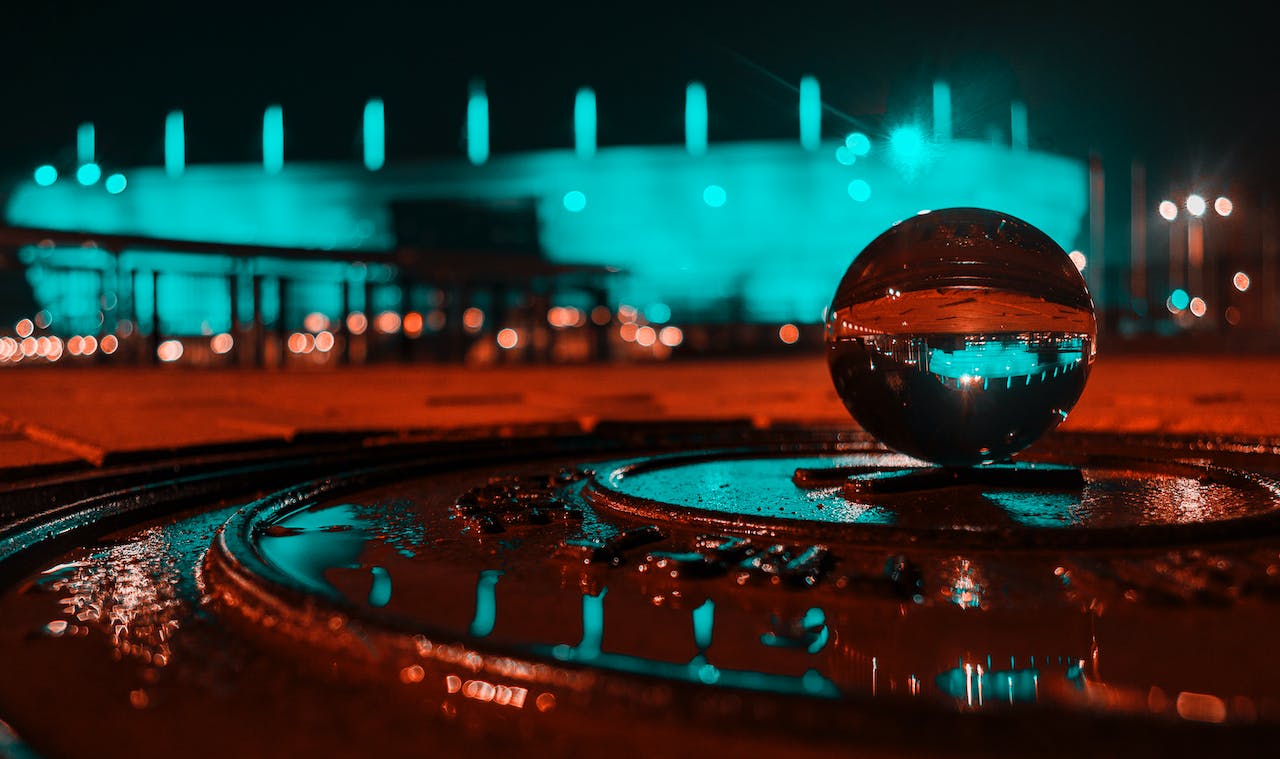The Role of Art and Music in Celebrating Diversity
-
by
admin
Diversity is one of the cornerstones of the human experience. It encompasses a rich tapestry of cultures, languages, beliefs, and backgrounds that make our world vibrant and unique. Art and music, as universal languages, have played a pivotal role in celebrating this diversity, bridging divides, and fostering a sense of unity among people of all backgrounds. We will investigate the deep role that art and music play in celebrating diversity and promoting cultural understanding.
Art as a Reflection of Cultural Diversity
Art has always been a powerful medium for expressing the nuances of cultural diversity. Whether through painting, sculpture, photography, or other forms of visual expression, artists from diverse backgrounds have used their work to convey their cultural heritage, experiences, and perspectives. Here’s how art reflects and celebrates diversity:
Cultural Identity:
Artists often draw from their cultural backgrounds to create works that reflect their identity. For example, Mexican muralist Diego Rivera incorporated indigenous Mexican themes into his artwork, celebrating the country’s rich history and heritage.
Challenging Stereotypes:
Art can challenge stereotypes and preconceived notions about different cultures. Through thought-provoking pieces, artists can confront biases and provoke conversations about diversity and inclusion.
Cultural Exchange:
Art exhibitions and cultural festivals serve as platforms for cultural exchange. They bring together artists and audiences from various backgrounds, fostering dialogue and understanding.
Narrative of History:
Art has the power to tell the stories of marginalized communities and historically oppressed groups. These narratives are often omitted from mainstream historical accounts but are preserved through art.
Inspiration:
Diverse art forms, from traditional to contemporary, inspire artists and enthusiasts to explore and appreciate different cultures. This inspiration can lead to greater cultural awareness and appreciation.
Global Perspective:
Art transcends geographical boundaries, allowing people to gain insights into cultures from around the world without leaving their communities. Museums and galleries showcase international art, providing a window into global diversity.
Music as a Unifying Language
Music, like art, is a universal language that transcends cultural, linguistic, and geographical barriers. It has a unique ability to evoke emotions, tell stories, and foster connections among people from diverse backgrounds. Here’s how music celebrates diversity:
Cultural Expressions:
Different cultures have their unique musical traditions and styles. These traditions are an integral part of cultural identity and are celebrated through music.
Language and Communication:
Music often incorporates diverse languages and dialects. Even if we don’t understand the lyrics, the emotional resonance of music can be universally felt.
Collaboration:
Musicians frequently collaborate across cultures, genres, and languages. These collaborations highlight the beauty of cultural fusion and diversity.
Celebration of Heritage:
Traditional music is a way of celebrating heritage and preserving cultural practices. It is passed down through generations, ensuring the continuity of cultural traditions.
Social Commentary:
Musicians often use their platforms to address social issues and advocate for change. They can shed light on issues related to diversity, equality, and social justice.
International Festivals:
Music festivals and events celebrate diversity by showcasing artists from various backgrounds. These events provide an opportunity for people to immerse themselves in a global soundscape.
Examples of Art and Music Celebrating Diversity
Jazz:
Jazz, with its roots in African-American culture, is a genre that has celebrated diversity and cultural exchange for over a century. It has embraced elements from various cultures, contributing to its rich and diverse sound.
Holi Festival Art:
The Holi Festival in India is known for its vibrant and colorful art, including the iconic “rangoli” designs made of colored powders. It celebrates the arrival of spring and the victory of good over evil.
Mexican Muralism:
Artists like Diego Rivera, David Alfaro Siqueiros, and Jose Clemente Orozco played a crucial role in the Mexican Muralist movement, using large-scale murals to celebrate Mexican culture and history.
Reggae Music:
Reggae, originating in Jamaica, often addresses social and political issues while celebrating diversity and unity. Artists like Bob Marley and Peter Tosh advocated for social justice and equality through their music.
Chinese Calligraphy:
Chinese calligraphy is a skill shape that celebrates diversity through its diverse styles and scripts. Each stroke in calligraphy reflects cultural nuances and traditions.
World Music Festivals:
Events like the WOMAD (World of Music, Arts and Dance) festival showcase artists from all over the world, celebrating cultural diversity through music and art.
Benefits of Celebrating Diversity Through Art and Music
Promotes Understanding:
Art and music provide opportunities for people to gain insight into different cultures, fostering a greater understanding and appreciation of diversity.
Builds Bridges:
Cultural festivals, art exhibitions, and music performances make areas where individuals from various backgrounds can come together, building bridges and connections.
Encourages Dialogue:
Art and music can spark conversations about diversity, cultural heritage, and inclusion. They serve as catalysts for meaningful dialogue and reflection.
Inspires Creativity:
Exposure to diverse art forms and musical styles can inspire creativity by introducing new ideas, techniques, and perspectives.
Celebrates Individuality:
Art and music celebrate the uniqueness of individuals and cultures, emphasizing that diversity is something to be celebrated, not feared.
Strengthens Communities:
Cultural events and artistic expressions strengthen communities by furnishing a feeling of belonging and shared essence.
Conclusion
Art and music serve as powerful vehicles for celebrating diversity, promoting cultural understanding, and fostering unity. Through various forms of artistic expression and musical creativity, people from diverse backgrounds can come together, share their stories, and appreciate the beauty of our multifaceted world. It is through these universal languages that we can celebrate the richness of cultural diversity and create a more inclusive and balanced community that embraces the unique contributions of every individual and culture.




